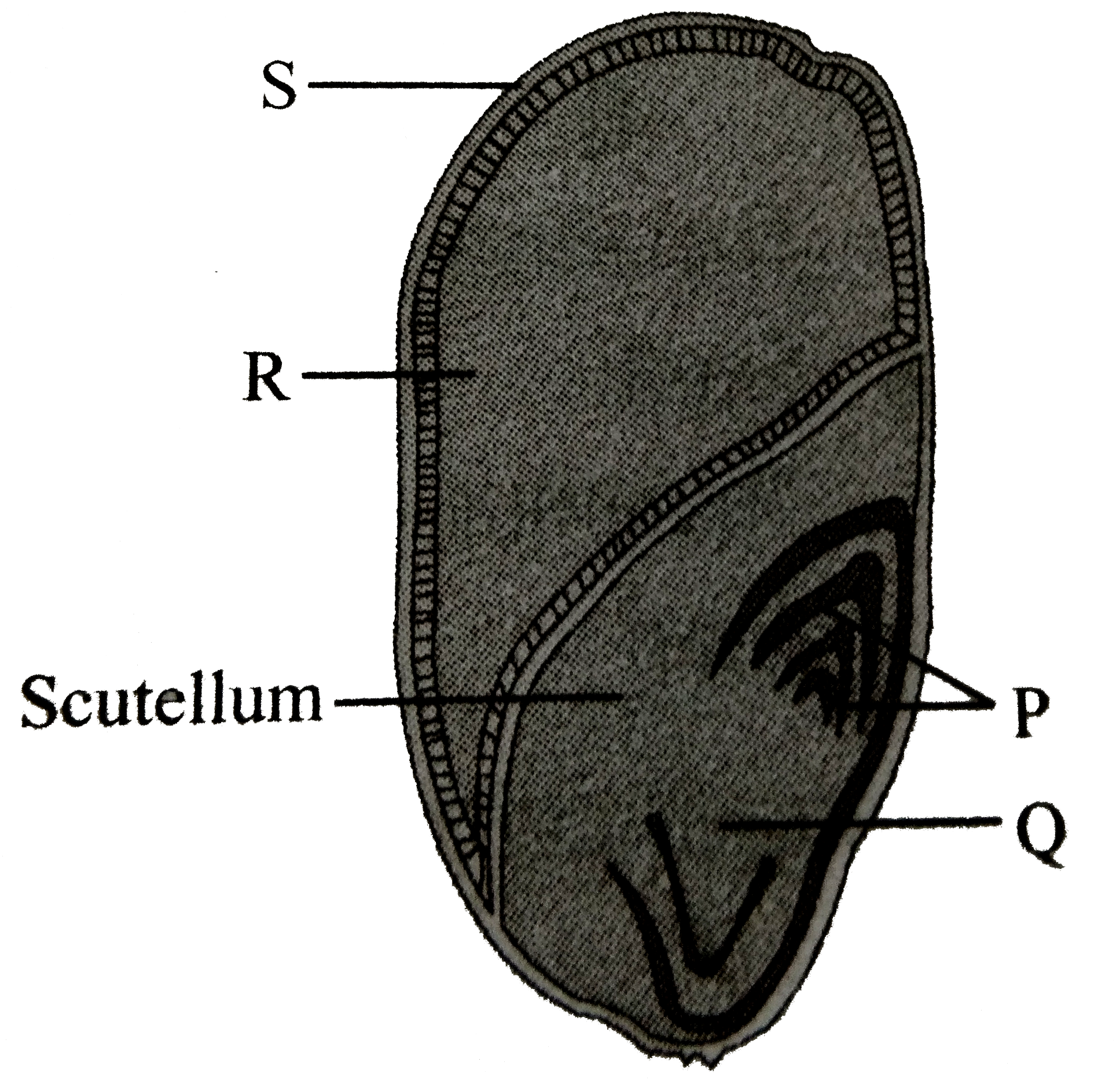Coleoptile & coleorhiza are _______ structures because they are developed from _______
Triploid, endosperm
Diploid, Scutellum
Triploid, Aleurone layer
Diploid, Integument
The correct Answer is:2
Step-by-Step Solution:
1. Understanding Coleoptile and Coleorhiza:
- Coleoptile is a protective structure that covers the young shoot tip of a plant. It helps in the upward growth of the plant by protecting the delicate shoot as it emerges from the soil.
- Coleorhiza, on the other hand, is a protective sheath that surrounds the developing radicle (the embryonic root) of the plant. It ensures the protection of the radicle as it grows downward into the soil.
2. Identifying the Ploidy Level:
- Both coleoptile and coleorhiza are diploid structures, meaning they have two sets of chromosomes (2n). This is important as it indicates that these structures are part of the plant's embryonic development.
3. Determining the Origin of Coleoptile and Coleorhiza:
- Both coleoptile and coleorhiza develop from a specific part of the seed known as the scutellum. The scutellum is a tissue that provides nourishment to the developing embryo and is crucial for the formation of these protective structures.
4. Final Answer Construction:
- Based on the information gathered, we can fill in the blanks in the question. Coleoptile and coleorhiza are diploid structures because they are developed from scutellum.
Final Answer:
Coleoptile and coleorhiza are diploid structures because they are developed from scutellum.
---
- Coleoptile is a protective structure that covers the young shoot tip of a plant. It helps in the upward growth of the plant by protecting the delicate shoot as it emerges from the soil.
- Coleorhiza, on the other hand, is a protective sheath that surrounds the developing radicle (the embryonic root) of the plant. It ensures the protection of the radicle as it grows downward into the soil.
- Both coleoptile and coleorhiza are diploid structures, meaning they have two sets of chromosomes (2n). This is important as it indicates that these structures are part of the plant's embryonic development.
- Both coleoptile and coleorhiza develop from a specific part of the seed known as the scutellum. The scutellum is a tissue that provides nourishment to the developing embryo and is crucial for the formation of these protective structures.
- Based on the information gathered, we can fill in the blanks in the question. Coleoptile and coleorhiza are diploid structures because they are developed from scutellum.
Coleoptile and coleorhiza are diploid structures because they are developed from scutellum.
Similar Questions
Knowledge Check
Coleoptile is
Apart of embryo axis between plumule and point of attachment of cotyledonsBpart of embryo axis between radicle and point of attachment of cotyledonsCcovering / sheaths around plumule in monocotyledonous seedDcovering around radicle in dicotyledonous seedColeorhiza is
ACovering of radicleBCovering of plumuleCPlumule and rudimentary sheathDRadicle and root capThorn is a stem structure because it is
AAxillaryBLike a branchCHard pointed structureDAerial
